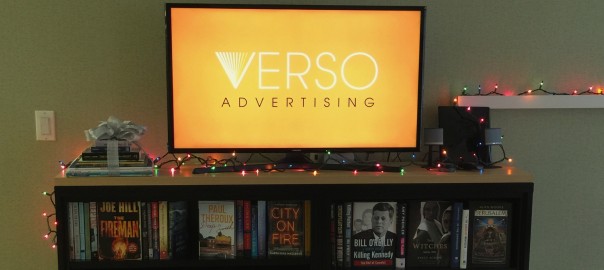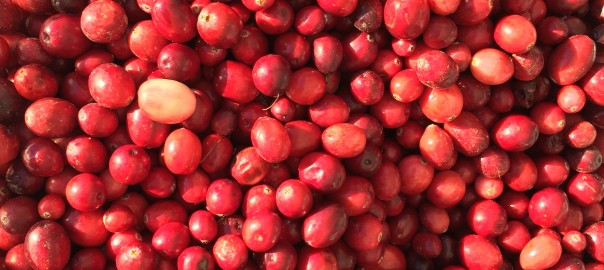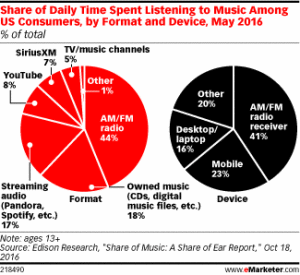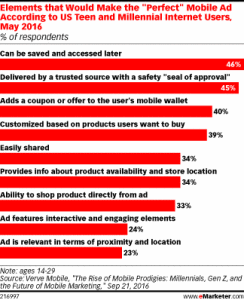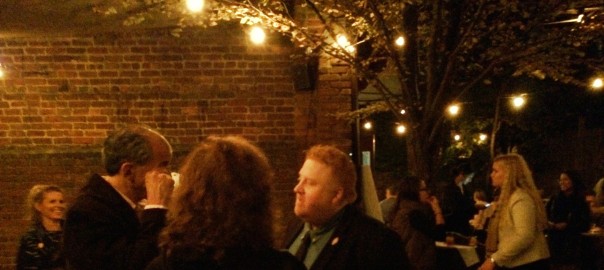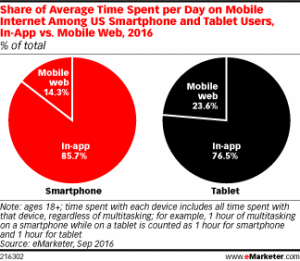These are dark days in America—yet there remain sources of light. You might wonder if that’s a comment on the state of our polarized political discourse and the role books can play in revitalizing our national conversation. Maybe. Maybe not. But it is definitely a comment on the days getting shorter as we approach the first day of winter and raise a glass to the holiday season. Here are some highlights of news we’ve noted this week, shared here as part of our effort to stay on top of current trends and best practices.
PROGRAMMATIC FORECAST
The good news is that the programmatic community continues to make headway in combatting ad fraud. The bad news is that is likely to mean a 20% increase in costs. Even with a 20% increase, however, programmatic remains a highly efficient way to reach book readers. Weeding out bad ad impressions is definitely worth a slight increase in CPM. In a separate post, Digiday published five charts that indicate the global outlook for programmatic. Related: you can now gain access to some influencer marketing through programmatic channels.
TABOOLA RESPONDS TO CRITICISM
The 2016 presidential election has created a firestorm around the question of “fake news.” Many are pointing to paid content distribution systems such as Taboola as a major culprit in a world-wide epidemic. Here is Taboola’s thoughtful response. Let’s hope they back it up with action.
CNN HIRES YOUTUBE STAR TO MAKE NEWS
In a move that echoes the creation of companies like Fusion and Mic, CNN has hired YouTube star and entrepreneur Casey Neistat to help make news “relevant” for a new generation.
BEST PRACTICES IN PERSONA MARKETING
Persona marketing isn’t used much in book publishing, where we value the particularities of every book and honor the uniqueness of every reader. But we ignore it at our peril: it can be a great way to focus in on the target customer in a way that can be applied and tested across a genre. This ClickZ article shows how to think about persona marketing while still understanding that no one reader is exactly identical to another.
THE STATE OF THE ART OF INFLUENCER MARKETING
Digiday takes a look at the highly public practice of influencer marketing: who’s doing it, how they’re paying for it, and does it work?
Photo (c) 2016 Martha Otis

